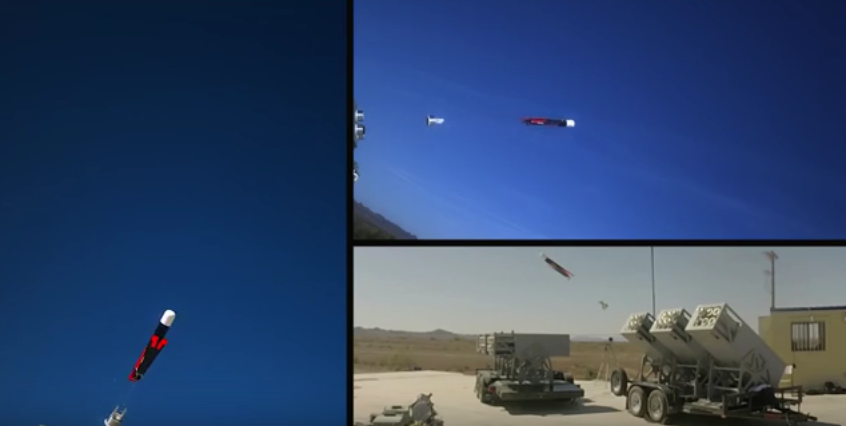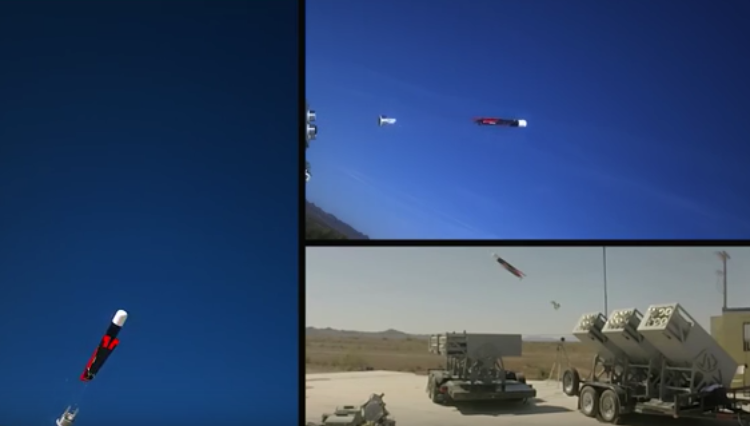What’s more intimidating than a U.S. Navy drone coming right at you? Probably a swarm of U.S. Navy drones being launched at you in concert.
This week, the Navy revealed a demonstration of its Low-Cost UAV Swarming Technology (LOCUST) in action. LOCUST can launch a fleet of swarming unmanned aerial vehicles in order to autonomously overwhelm an opponent. These drone swarms aim to provide Sailors and Marines with a tactical advantage.

“The recent demonstrations are an important step on the way to the 2016 ship-based demonstration of 30 rapidly launched autonomous, swarming UAVs,” said Lee Mastroianni, Office of Naval Research program manager, in a press release last year when the technology was initially discussed.
And now those previously discussed demonstrations have begun and can be seen here. The launcher and drones’ small footprint is what enables the swarms to take off from ships, tactical vehicles, aircraft or other unmanned platforms.
The LOCUST technology incorporates a tube-based launcher that can send drones into the air in rapid succession. To kick it up a notch, the Navy even included a breakthrough technology that employs information-sharing capabilities between the drones so that they can autonomously collaborate in either defensive or offensive missions.
“This level of autonomous swarming flight has never been done before,” added Mastroianni. “UAVs that are expendable and reconfigurable will free manned aircraft and traditional weapon systems to do more, and essentially multiply combat power at decreased risk to the warfighter.”
One main benefit of the technology is cost reduction. According to the Navy,”even hundreds of small autonomous UAVs cost less than a single tactical aircraft.”
This game-changing technology will cause enemies to now focus on swarm response tactics, as well.
UAVs reduce hazards and free personnel to perform more complex tasks, as well as requiring fewer people to do multiple missions.
Over the next 10 to 15 years, the Navy predicts that unmanned systems in air and water will become more prominent and be fully integrated with human troops.


Comments are closed, but trackbacks and pingbacks are open.